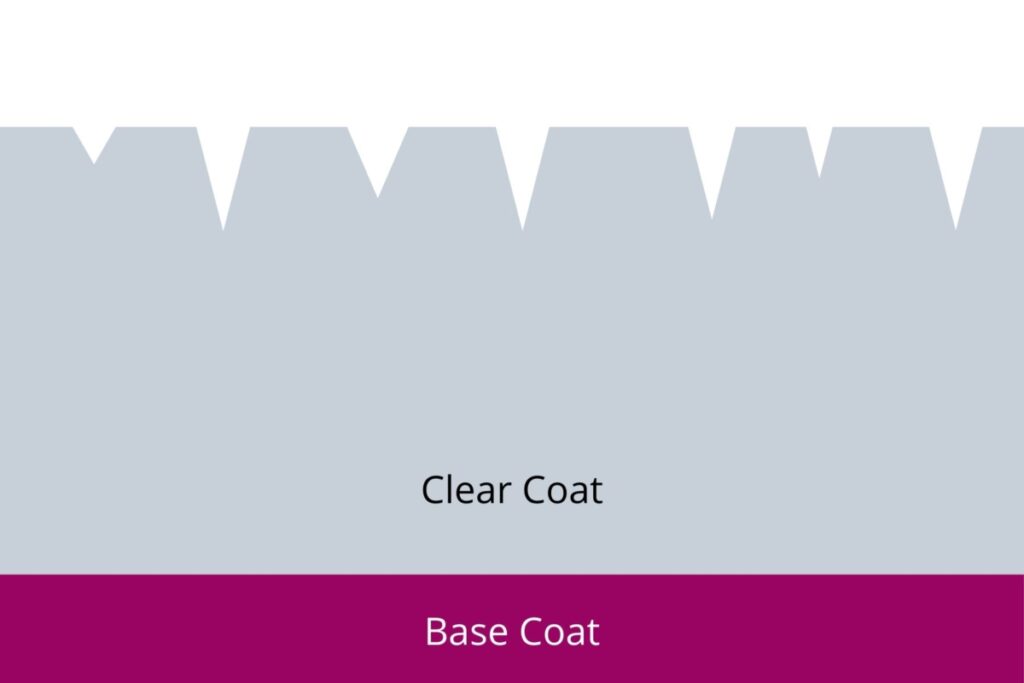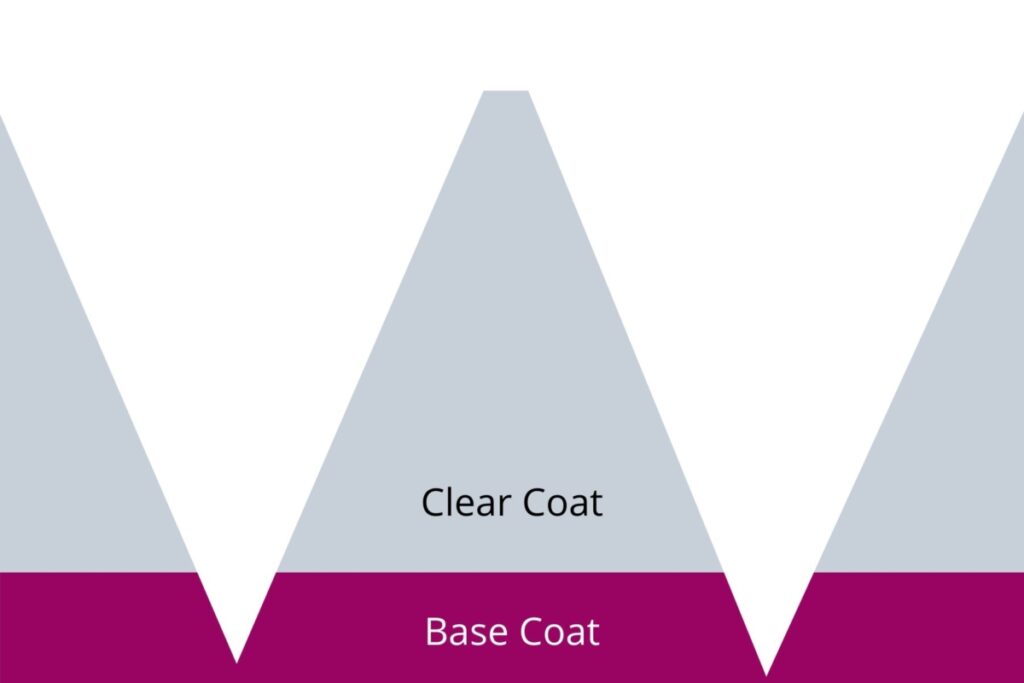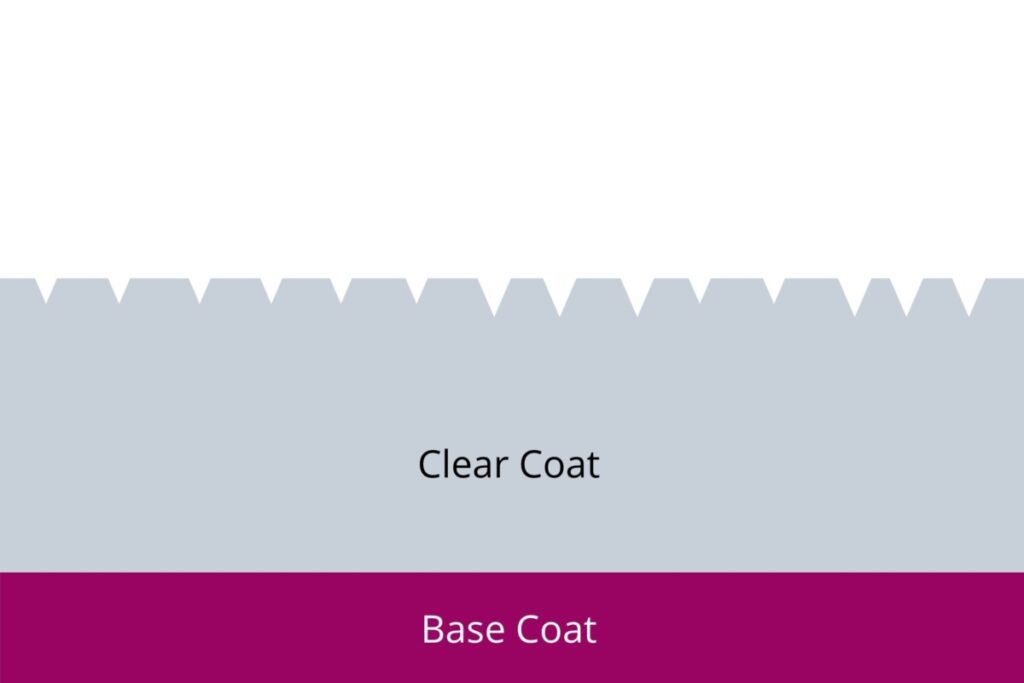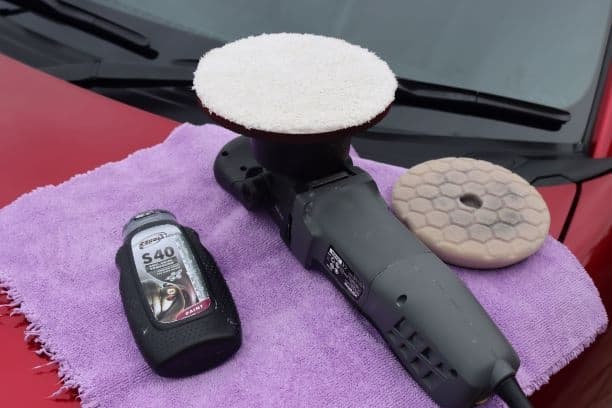Ceramic coatings are often regarded as the best way of protecting a car’s paintwork, but how much protection do they actually provide? And how much do they improve the vehicles appearance?
In this article I’ll be addressing the question, do ceramic coatings prevent or even remove scratches from the paint?
The Quick Answer
Ceramic coatings do not prevent scratches in a car’s paintwork and they do not protect the car against rock chips. However, they do provide a small level of protection against swirl marks and marring which can be inflicted when washing the car.
Ceramic coatings do not remove, hide or cover scratches. The paintwork must be polished prior to applying the ceramic coating to ensure the scratches are removed beforehand and not locked in by the coating.

Do Ceramic Coatings Prevent Scratches?
Ceramic coatings do not completely prevent scratches and do not make the car scratch-resistant. However, the coating will offer some protection against very minor swirl marks which can occur during the wash process or when making light contact with the paintwork.
Ceramic coatings do not provide protection against heavier methods of abrasion. This includes rock chips, or other forms of abrasion such as brushing past the car with zippers, or other hard objects.
A ceramic coating can still scratch, so make sure you treat it with the same care as you would with an un-coated car.
The most common origin of scratches and swirl marks is when washing the car. These are very fine but noticeable in direct sunlight, and cause the car to look duller. It is vital that proper wash technique is used to clean the car as the coating can still get swirled and scratched in the same way the paintwork can do.
This means that the car should always be pre-washed properly to remove as much dirt and grime before touching the paintwork with a mitt. You should not use brushes or sponges, and should instead use a high-quality microfiber wash mitt which is well lubricated with car shampoo to wash the vehicle. The mitt should also be either rinsed out or swapped for a fresh one when it accumulates dirt from the panel.
You should also never take a ceramic coated car to an automatic car wash.
Check out this article to learn how automatic car washes can ruin the paint by causing swirls and scratches
This will help to prevent scratches, marring and swirl marks being induced in the coating which would otherwise cause it to dull over time.
Some Ceramic Coatings are Tougher than Others
The degree to which the coating helps reduce the risk of wash-inflicted marring and swirls also depends on the hardness of the coating.
Coatings are rated on a hardness scale.
This scale goes from H to 9H, with 9H being the hardest possible. The scale simply refers to the hardness of pencil which is capable of damaging it. If a coating is free from damage when pressing a 9H pencil at a 45 degree angle, it will receive a 9H rating. If it is damaged by a 9H pencil, but not by an 8H pencil, it will be rated 8H, and so on.
The vast majority of coatings on the market are 9H. However, some less durable coatings may have a lower hardness rating and in which case, are more prone to scratches and swirl marks.
It’s still important to stress that 9H coatings can still be quite easily swirled and scratched during the wash process, so a safe-wash procedure should always be carried out.
Want to know how to get the best performance out of your coating? Check out my complete guide to washing and maintaining a ceramic coated car for everything you need to know.
Do Ceramic Coatings Remove or Hide Scratches?
Ceramic coatings do not remove or scratches and swirl marks in a car’s paintwork and do not effectively hide them. It is essential that the car is polished before applying a ceramic coating to prepare the surface adequately to ensure the coating can bond to it, and to make sure the scratches are removed.
Whilst ceramic coatings do have some minor filling capability, it is nearly not enough to deal with the clear coat damage seen in most cars, even brand new ones.
If the scratches are not dealt with before the coating is applied, then they are essentially sealed in. Most coatings last between 2-5 years, so if any scratches are not removed before application then the coating must be machine polished off so they can then be removed.
Here we are just talking about “clear coat” scratches.
The clear coat sits on top of the base (color) coat to protect it, and to give the car a gloss (or matte/ satin) finish. The clear coat is susceptible to damage during the process of washing the car. Clear coat scratches are not very visible unless in direct sunlight, however they will cause the car to look duller.
Check out these diagrams/ images below to demonstrate the difference between clear coat and base coat scratches.
Clear Coat Scratches

Base Coat Scratches



Removal of Swirls and Scratches
So we know that ceramic coatings can’t remove or effectively hide scratches and swirl marks, so how do we get the paint to look glossy and free from defects before applying the coating.
The answer is by machine polishing.
This is a process which involves removing the layer of damaged clear coat to reveal a fresh, flat layer which the coating can be applied to. Not only does this serve the benefit of improving the car’s finish before it’s locked in with the coating, but it also helps the coating to bond with the paintwork.
Hence, polishing is an essential step which is performed before applying a ceramic coating, even on new cars.


The process of machine polishing isn’t too complicated but it does require a lot of preparation. Hence, when a ceramic coating is applied, it’s actually the prep process which takes up the majority of the time.
Check out my guide to applying a ceramic coating to learn about all the stages involved.

What is the Role of a Ceramic Coating?
So if ceramic coatings can’t remove or cover scratches, and don’t make a car scratch resistant, then what purpose do they serve.
There are numerous benefits to ceramic coating a car including:
- Provides a hydrophobic layer of protection so dirt does not stick as readily and can be removed more easily.
- Protects the paint from UV rays which can otherwise cause it to dull over time.
- Removes the need to apply a wax or a sealant every few months as most ceramic coatings provide protection for 2-5 years.
- Enhances the gloss (however the machine polishing stage performed before application is mostly responsible).
If you’re looking for the most durable method of protection for your car, then a ceramic coating is the ultimate choice compared to a wax or sealant.
Looking to learn more? Check out this complete guide to ceramic coatings for more information.
Here are some more articles you might find useful:

